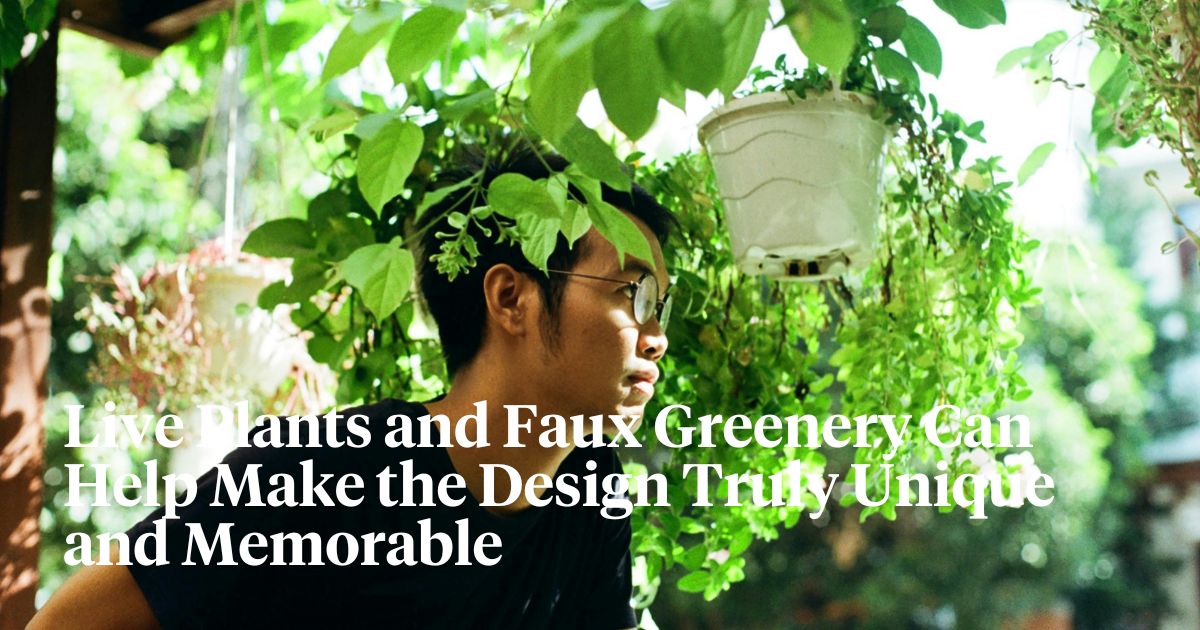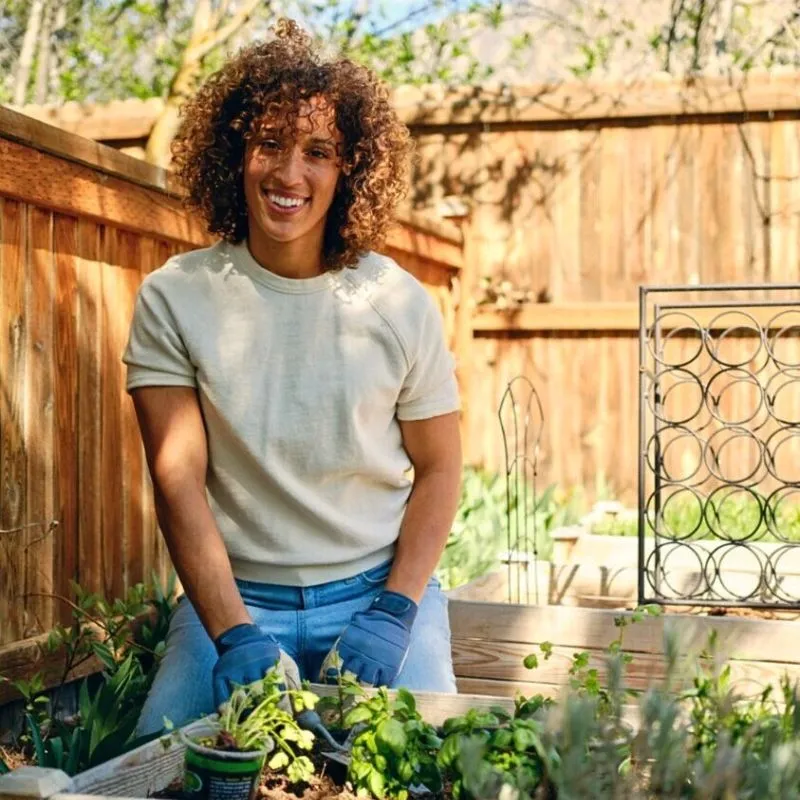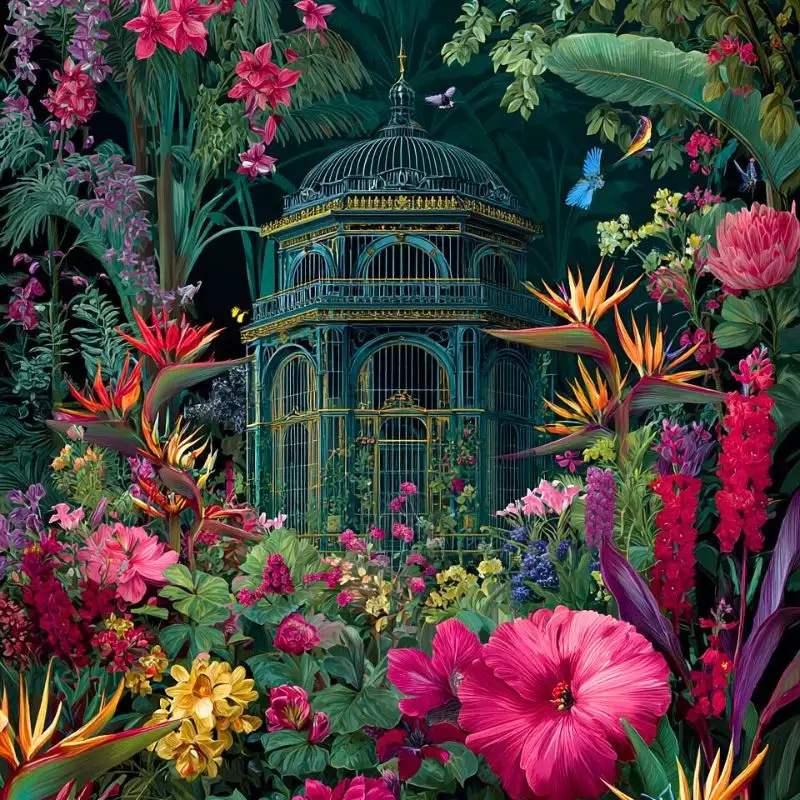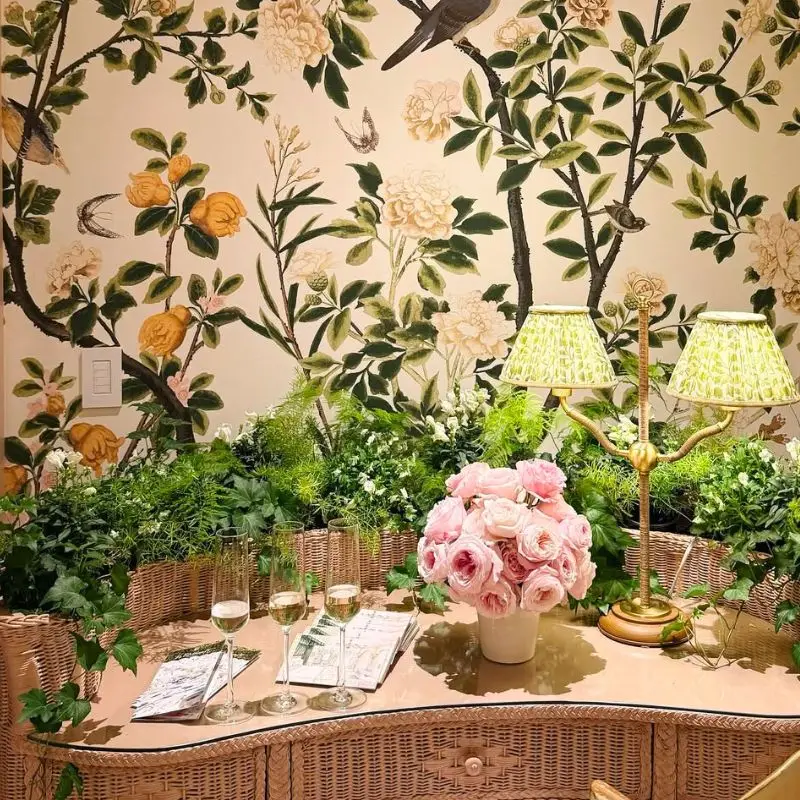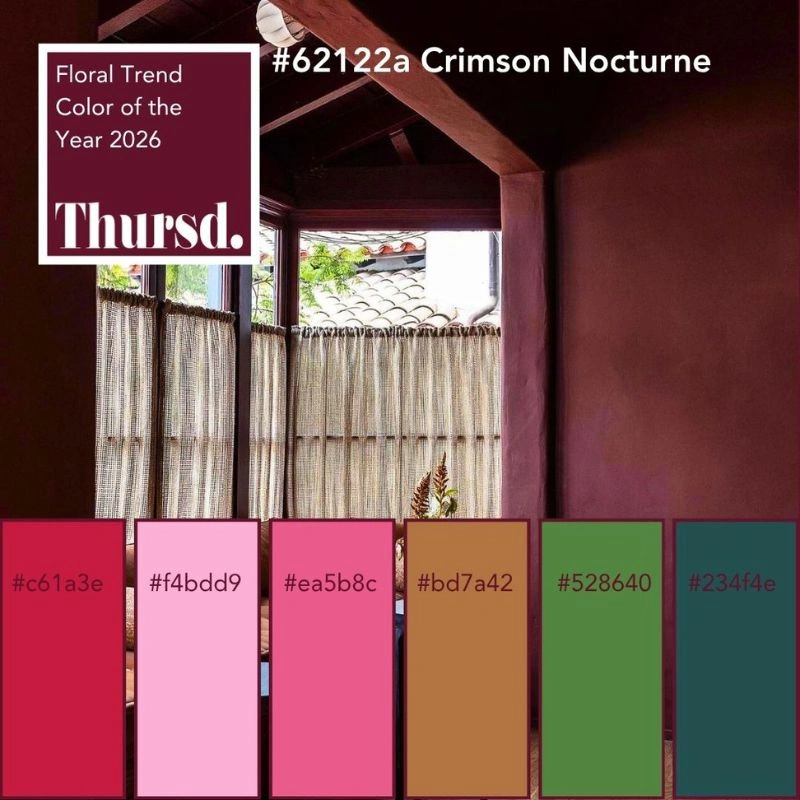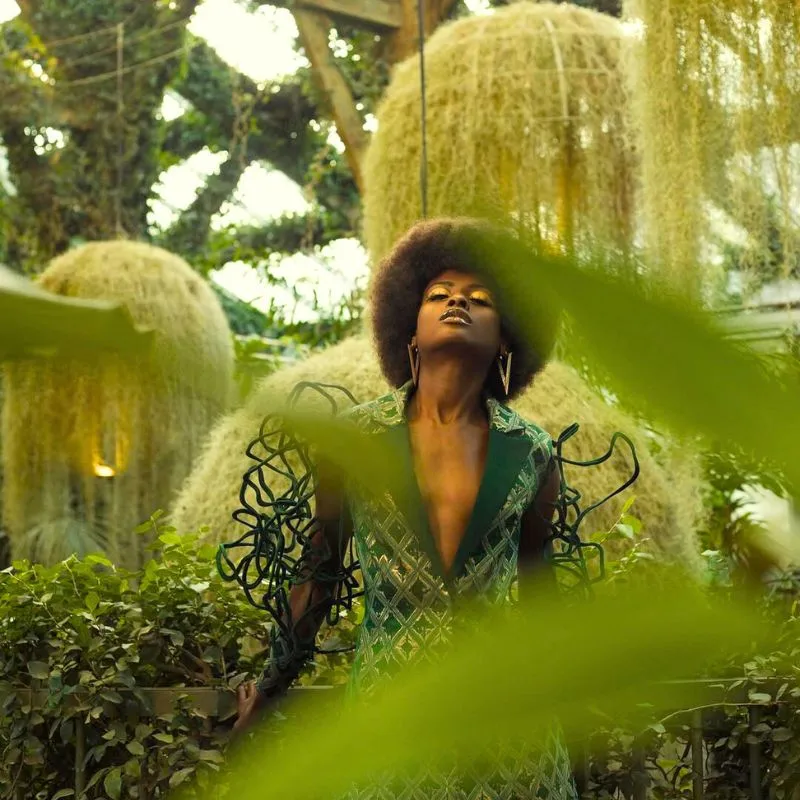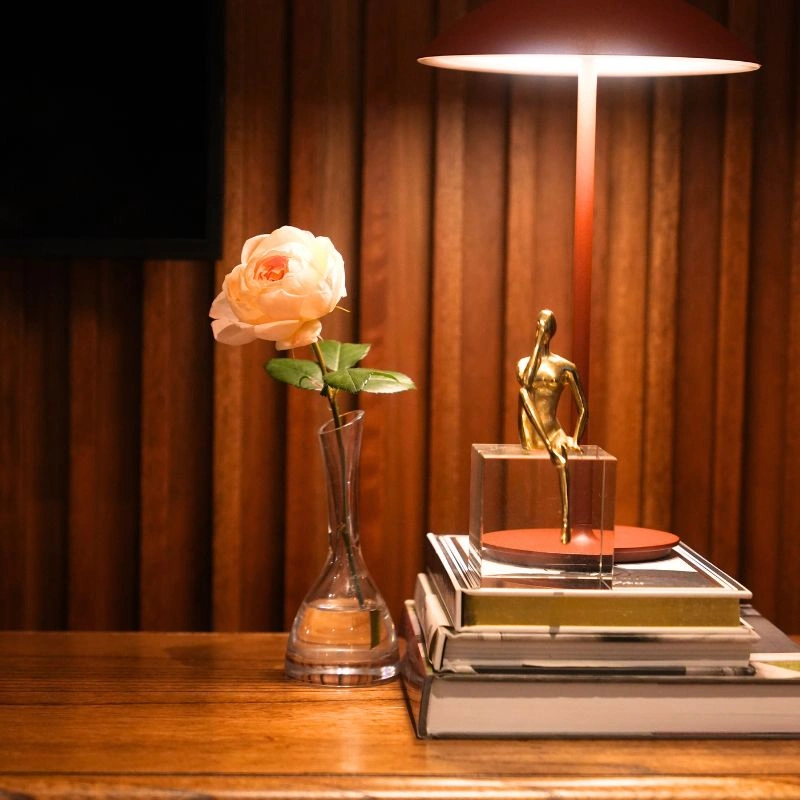Incorporating plants and greenery into interior design projects is an excellent way to add visual interest, texture, colour, and life to any space. Whether you’re designing your home, office, restaurant, or other interior, the strategic use of live plants and faux greenery can help make the design truly unique and memorable. With the right placement and variety of plant life, you can bring any indoor area to life.
Here are a few tips on using plants and greenery effectively in interior design.

Use Plants to Add Pops of Colour
One of the easiest ways to use plants in interior design is to add pops of colour through flowering or brightly coloured plants. Place a bright pink orchid on your desk, use yellow chrysanthemums in the entryway, or add a deep purple calla lily to the coffee table. Even green plants can add colour through their varied hues and shades, from bright lime green ivy to deep forest green ferns. Strategically placing colourful plants and greenery throughout a space can really make the design and decor stand out.
Create a Living Wall or Hanging Garden
Turn any blank wall or boring corner into an eye-catching vertical garden. Mount a series of trailing plants, succulents, ferns, or other greenery onto the wall, either in planters attached directly to the wall or on hanging shelves. You can create simple frames from wood, metal, or other materials to hold your living wall of plants. Not only will a vertical green wall soften hard surfaces and add natural beauty, but it will also help purify indoor air.
Use Plants to Zone Spaces
Plants are a great way to divide and define different zones or areas within an open interior space. Use tall bamboo or a row of bushy palms as a living room divider, or place a planter box filled with green ferns or ivy to separate a sitting area from a dining space. Plants act as natural barriers that don’t fully close off the space like a wall would. You can easily rearrange plant dividers to switch up the space as needed. Use the best free home design software to play around with different ideas.
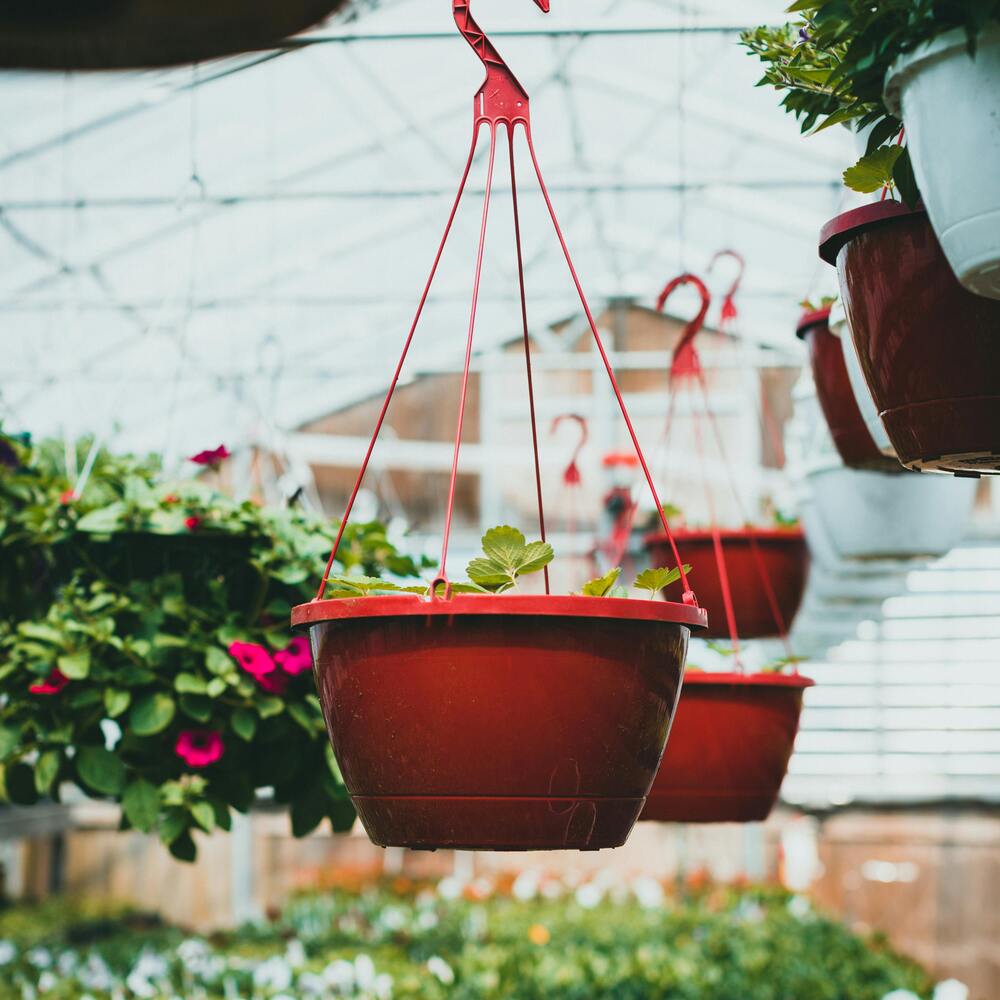
Display Statement Plants
Make a bold statement by using large, eye-catching plants like tropical palms, banana trees, flowering bird of paradise, or a dramatic monstera deliciosa. Place one of these statement plants in a corner, near the entryway, or any place you want to quickly grab attention. Just be sure to choose the right size plant for the space so it doesn’t overwhelm it. These types of statement plants work especially well in offices, lobbies, atriums, or other large interior spaces.
Incorporate Greens Into Centerpieces
Interior design isn’t just about the fixed elements like furniture and lighting - it’s about decorative details too. For dining tables, coffee tables, sideboards, and other surfaces, create unique centerpieces featuring greens. Some ideas are: a tall vase overflowing with green hydrangeas, a mercury glass bowl filled with green orchid stems, a stack of green moss-covered stones, or just a simple green succulent in a container. These small touches really make a difference.
Display Houseplants for Texture
Add visual and textural interest through the wide variety of houseplant forms. Options like trailing ivy, spiky aloe, broad sansevieria, frilly ferns, and more provide diverse shapes, heights, and textures. Use a combination of houseplants together in a bookshelf, windowsill, side table, or fireplace mantel. Or highlight one statement houseplant as a standalone focal point.

Hang Plants From the Ceiling
Hanging plants instantly become an eye-catching focal point and are perfect for drawing attention upwards. Mount trailing vines, flowering plants, or any cascading greenery in a hanging basket or planter suspended from the ceiling. Use hanging plants above kitchen sinks, in sunrooms, above bathtubs, or in entryways. Just be sure to pick lightweight options that will thrive in a hanging position.
Use Greenery to Soften Hard Surfaces
Hard surfaces like stone, tile, concrete, and wood can make interior spaces feel cold and flat. Counterbalance this by bringing in the softness of plants and greenery. Place potted plants on hard flooring and on top of wood or stone tabletops. Let ivy cascade from a mantel or shelves. Allow flowering vines to climb up stone walls or wooden pergolas. The greenery helps soften the hard materials and adds natural warmth.
With so many possibilities, plants and greenery can transform any interior space, adding vitality, softness, colour, and interest. Get creative with where and how you incorporate live plants and faux arrangements. The most important thing is choosing plants and greenery that complement your overall design vision, whether that’s minimalist, traditional, modern, or eclectic. Use these elements thoughtfully, and your interior design is guaranteed to impress.

